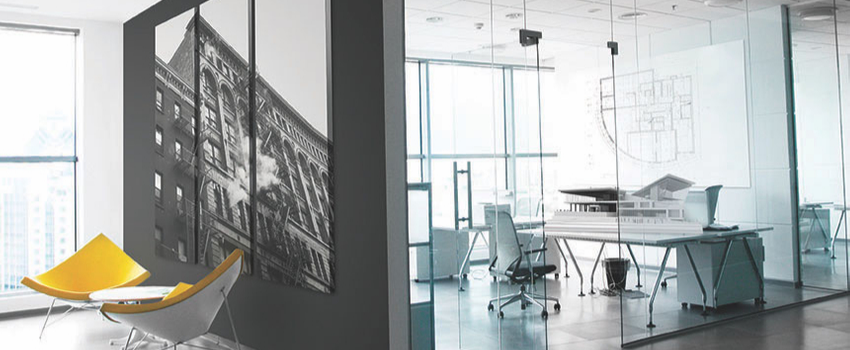
What is Architectural Signage?
SEPTEMBER 25, 2019|Categories
SignageArchitectural signage is a critical component of any commercial space, and it constantly surrounds us in everyday life. Still, many people don’t understand what architectural signage actually is, or how it can be leveraged to boost their brand, business or building.
Similar to drawing up plans for any well-designed commercial structure, the design and development of architectural signage is both a science and an art.
Strong engineering ensures the durability and longevity of materials, while detailed design marries form and function for eye-catching, professional and practical signage that serves a purpose.
Here’s more background about architectural signage, and why it brings so many aesthetic and advantages to commercial buildings and businesses:
Architectural Signage 101
As the name implies, architectural signage concerns buildings and man-made structures. It refers to the custom signs or a signage system implemented throughout a commercial or public space, often within a specific building, facility or campus.
Common examples of architectural signage include:
- Oversized, large-format graphics
- Textured wall murals and coverings
- Directional signage
- Glass finishes and fixtures
- Contour-cut and dimensional signage
- ADA safety signs
- Digital signage
Architectural signage serves an array of different purposes, but its primary function often lies in brand identification and wayfinding. These practical elements to building or commercial space design are necessary to maintain a professional appearance while making it easier for clients and visitors to navigate a large or complex area.
Every sign should work together under a unified design language, material, typography and brand representation, in order to create a sense of order and cohesion.
In other words, architectural signage is the art of integrating a sign’s purpose and practicality with strong aesthetics and ease of use. These elements should all be combined into a well-designed signage mix, which overall represents the business, and complements the physical space or structure’s environmental décor.
The Building Blocks of Architectural Signage
The overall function and use of architectural signage represent a key difference separating it from other types of signage.
Other types of signage, from vinyl banners to point-of-purchase displays and event tents, are often used as temporary marketing collateral to promote a brand or special offer. These signs are easily removable and transportable, and they typically don’t serve as an integral, permanent part of a building’s design.
Conversely, architectural signage is a much more permanent solution, playing a significant role in a building’s unchanging design and navigability. This includes everything from directional signage pointing toward bathrooms, exits and other key areas, to permanent wall murals and environmental graphics built directly into a physical structure itself.
Because of the permanency of architectural signage, it should be durable, long-lasting and capable of withstanding years of wear and tear. Although any sign should be made of quality materials, the strength and longevity of materials become even more critical in architectural signage.
Within an architectural signage system, each individual sign may require a specific type of material based on the sign’s particular placement and function. However, there are several different materials and finishes commonly used in architectural signage, such as:
- Acrylic
- Metal
- Stone
- Finished wood
- Glass
- Magnetics
- Digital signage
- Architectural films and finishes
These materials feature diverse practical and aesthetic applications, but they are all durable and built to last. Whether implemented in a building’s interior or exterior environment, strong architectural signage is designed as a permanent solution for branding, wayfinding and dozens of other utilitarian purposes.

















